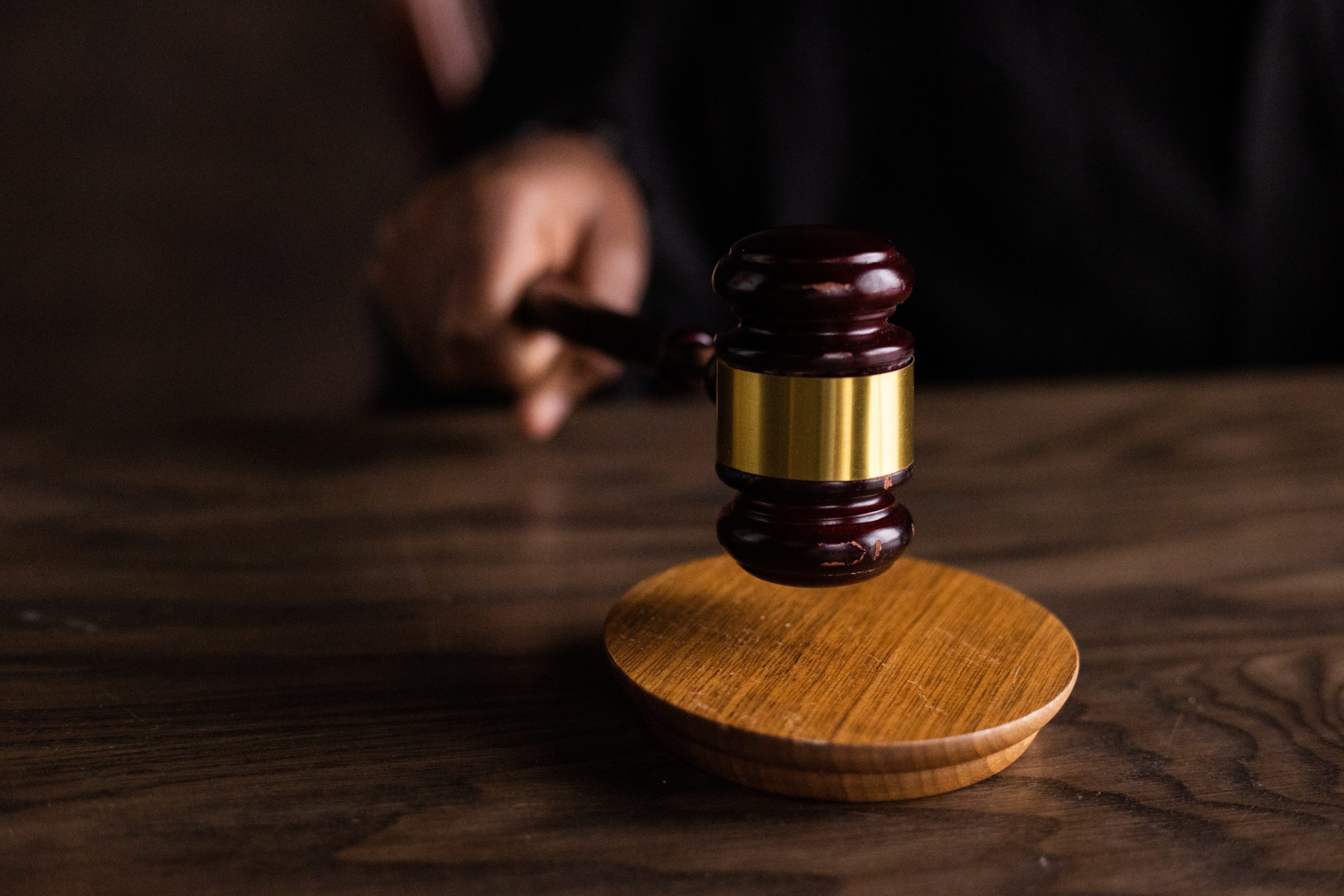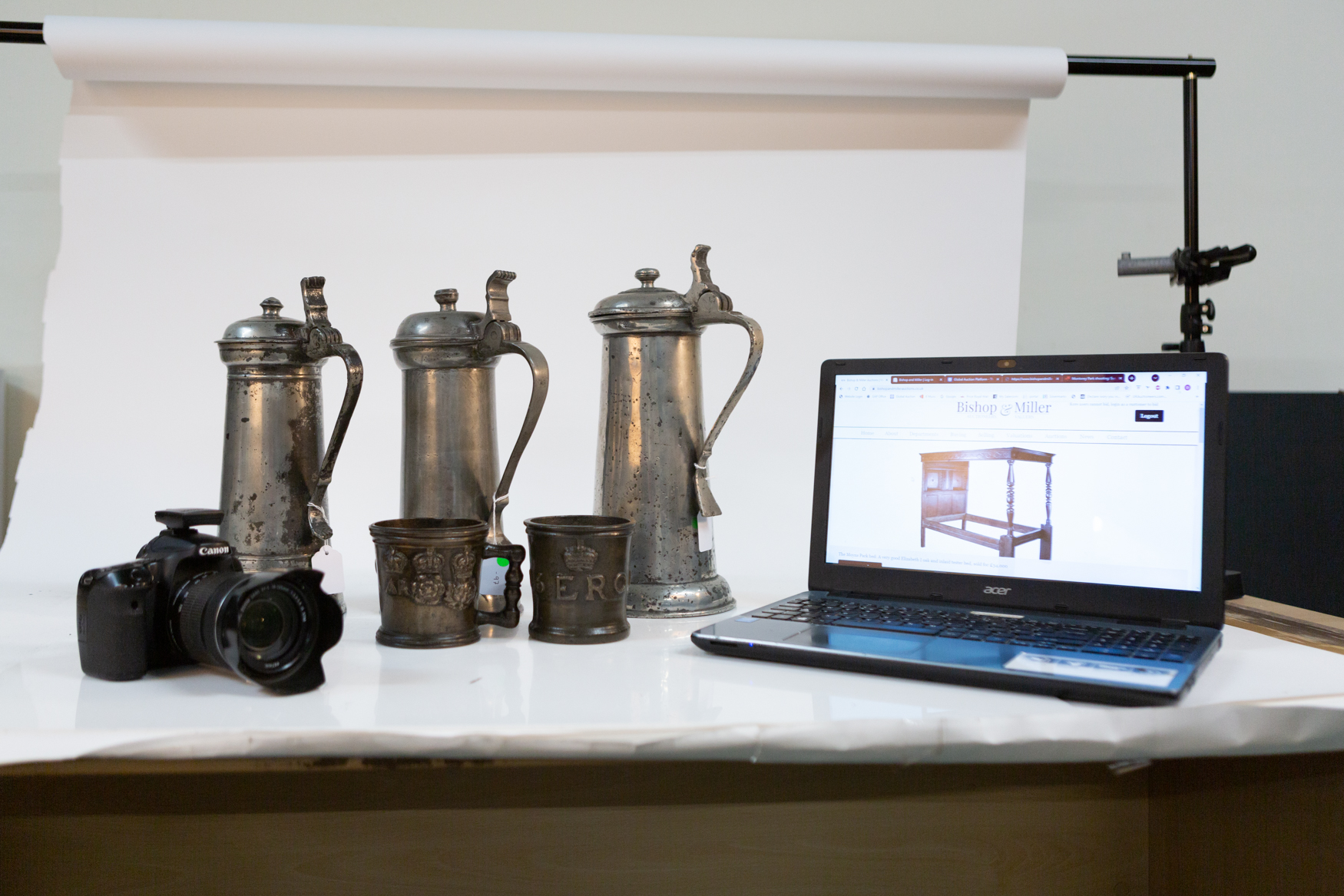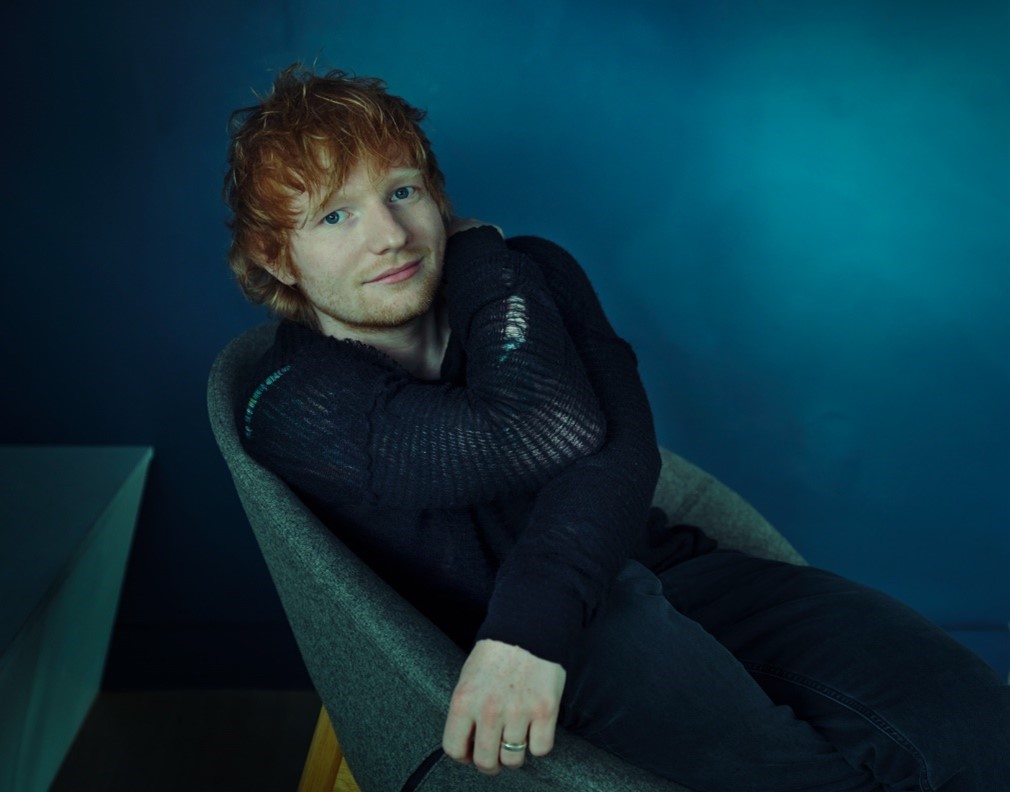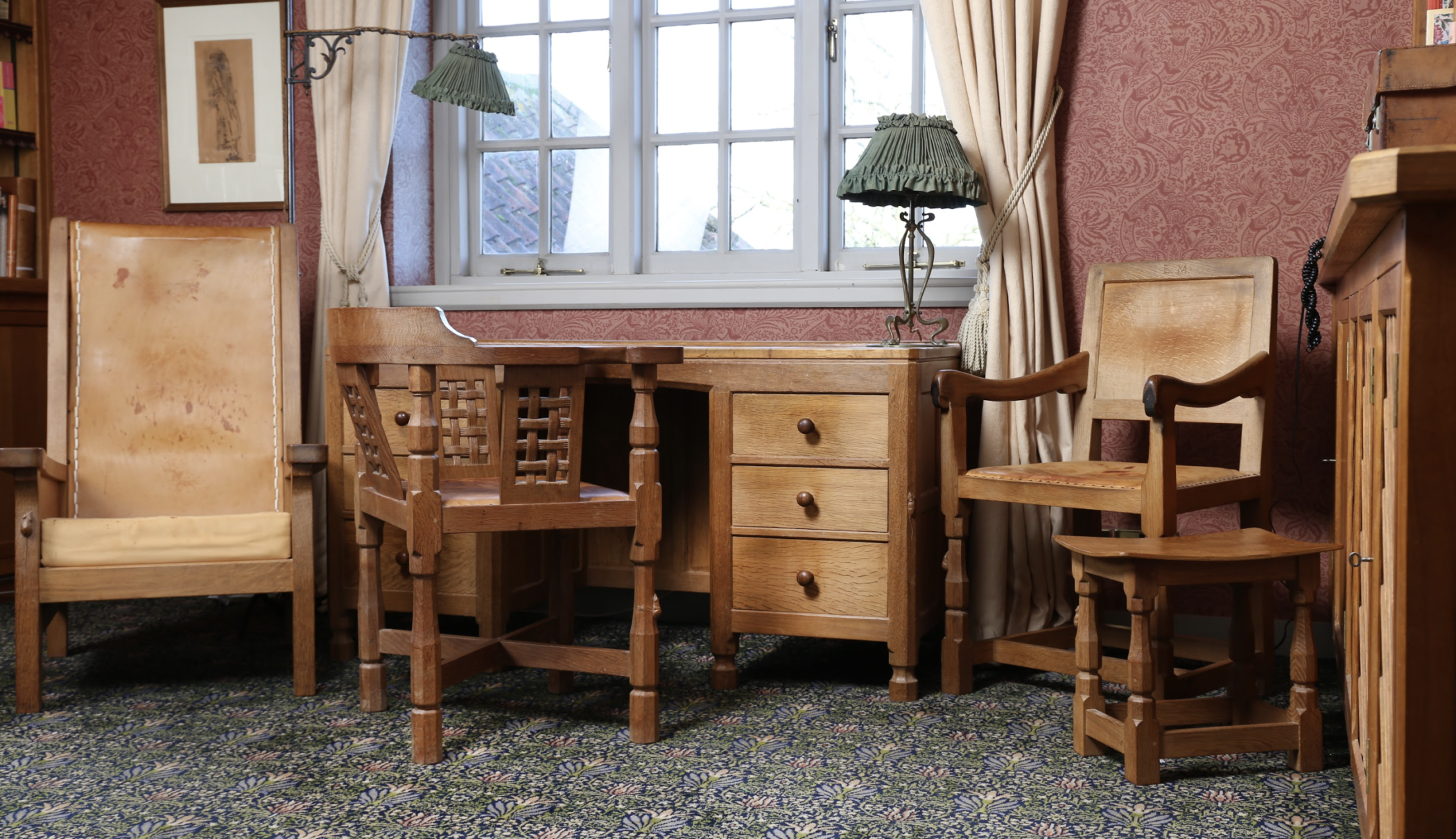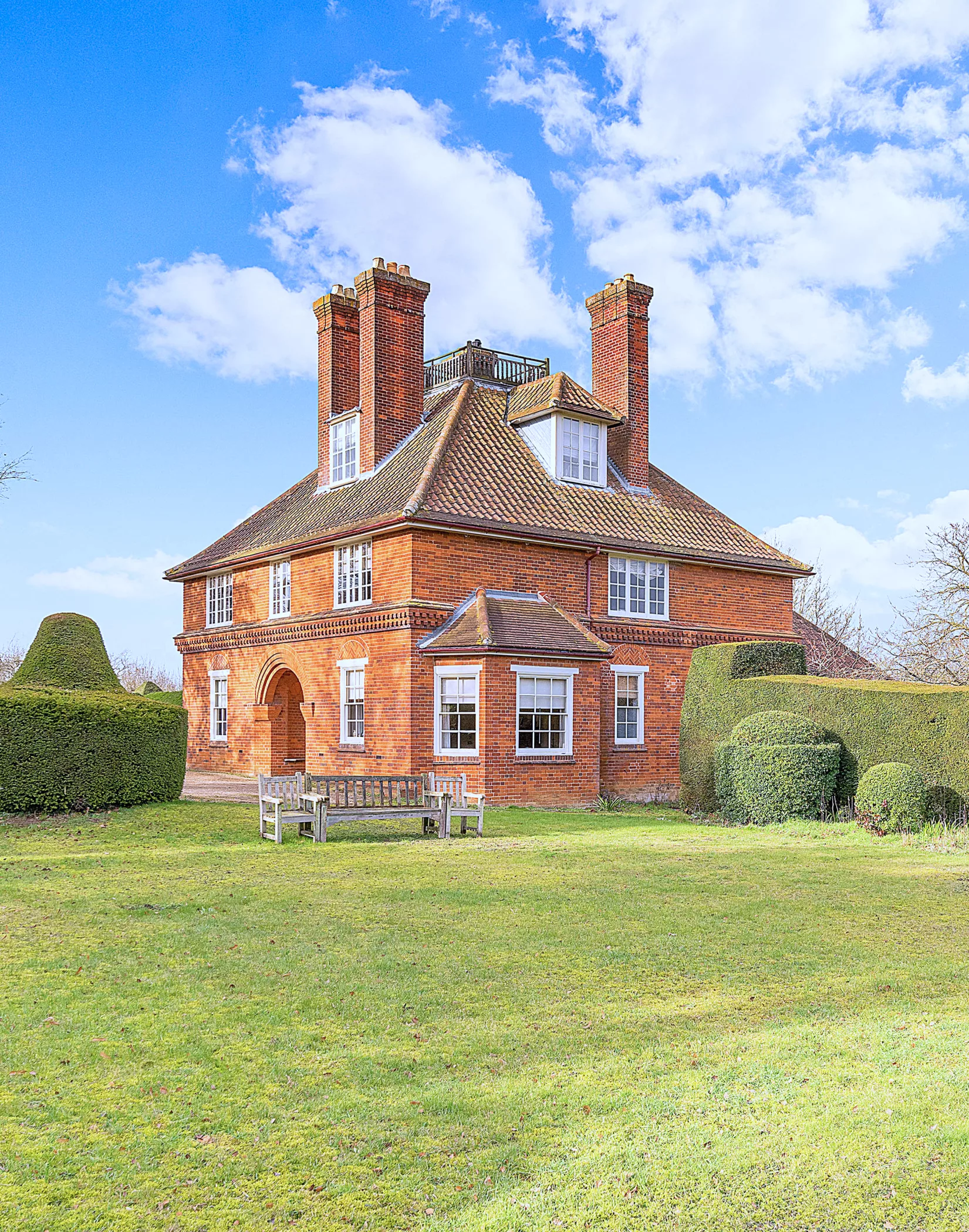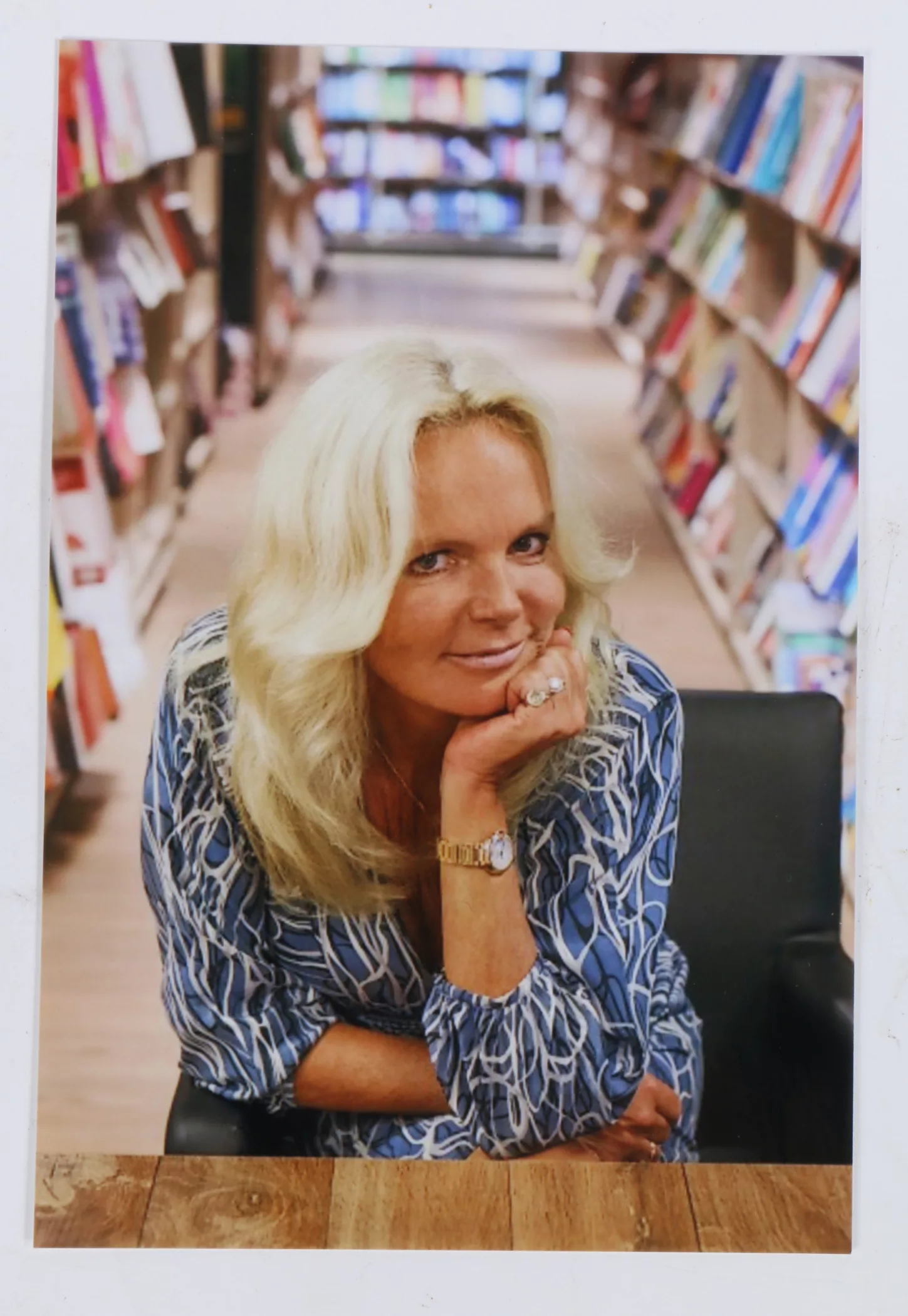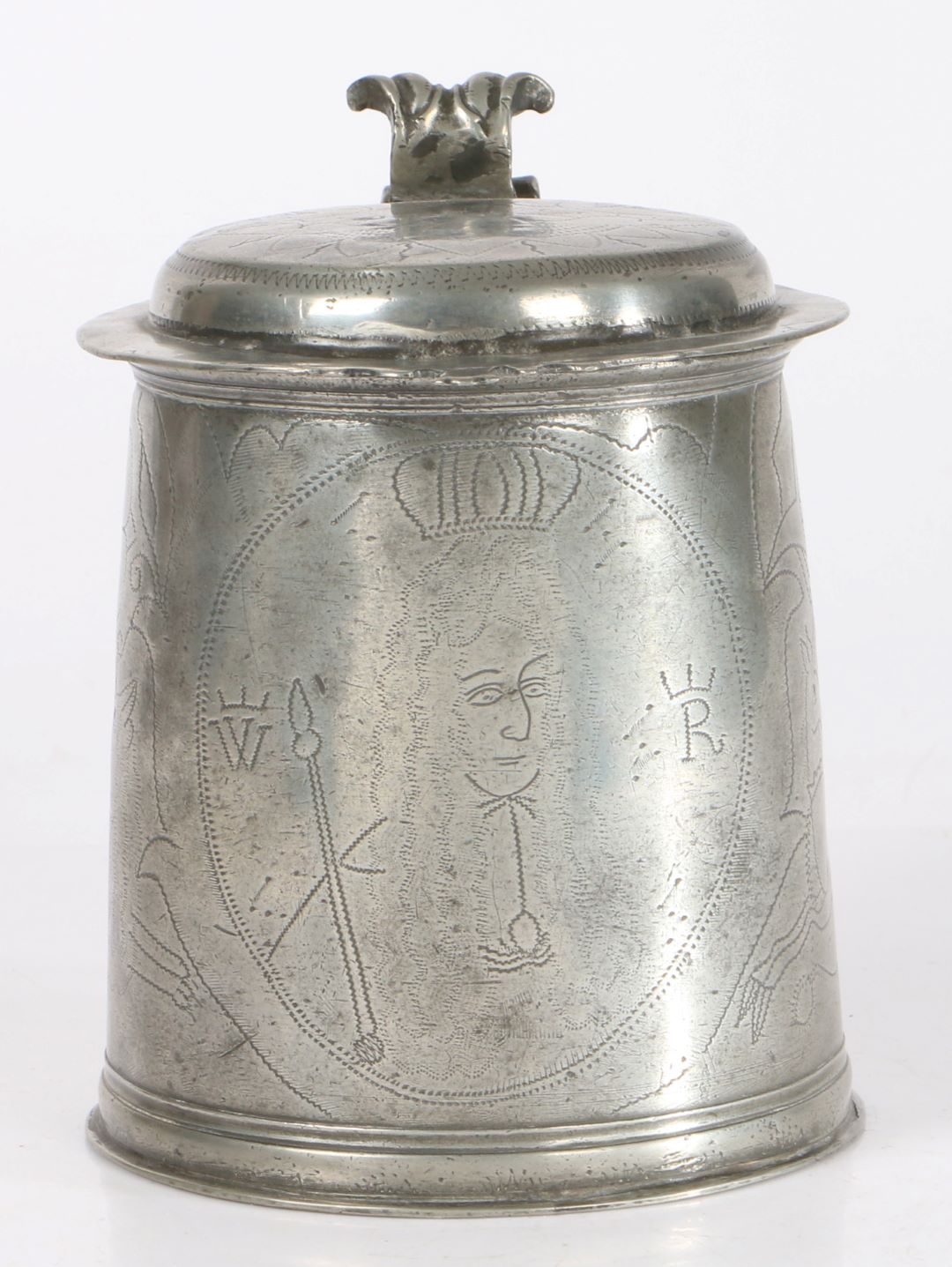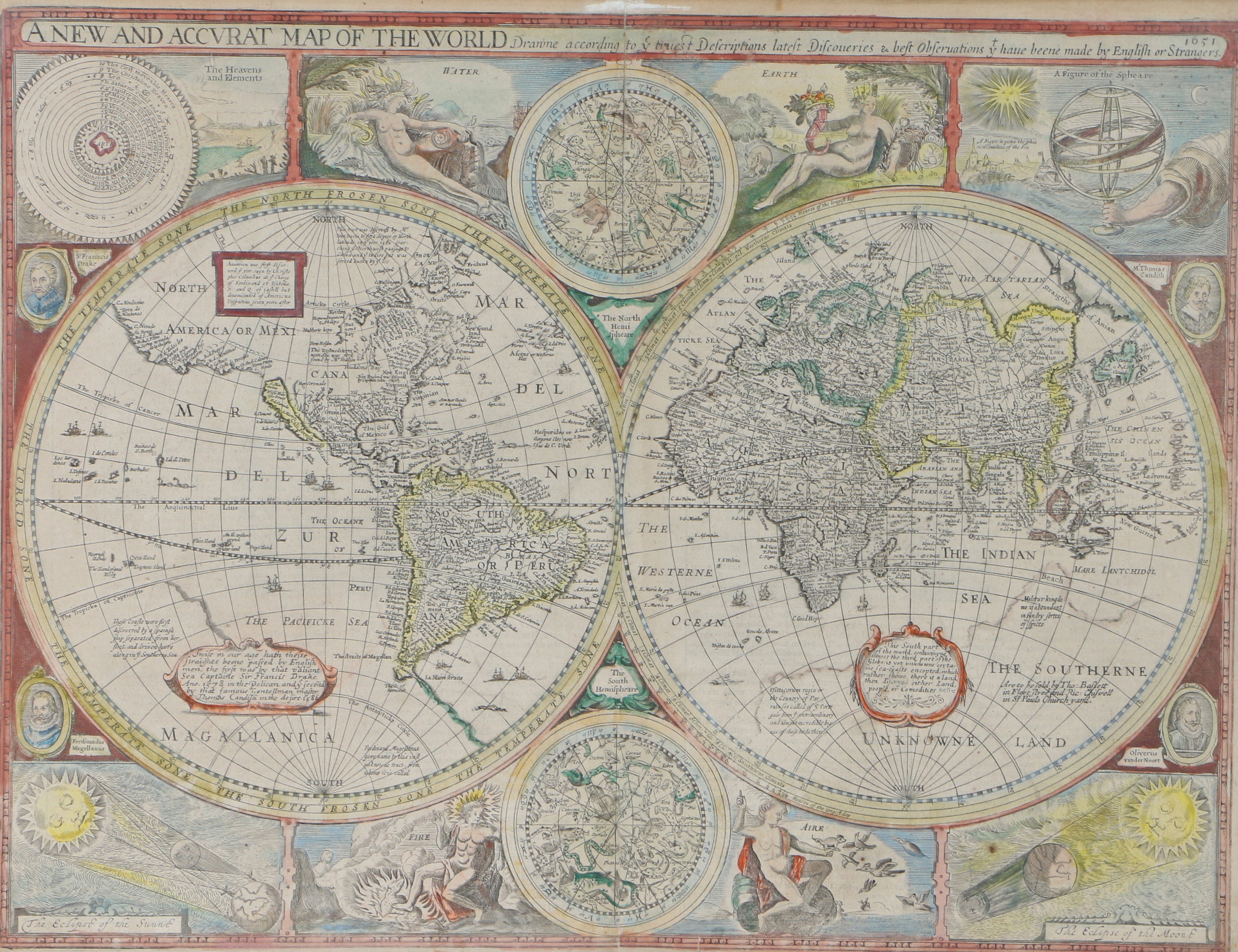- Auctions
- Buying & Selling
- Departments
- Asian & Oriental Art
- Books, Maps & Manuscripts
- Ceramics & Glass
- Coins & Banknotes
- Furniture & Antiques
- Jewellery & Gemstones
- Military, Militaria & Medals
- Modern Art & Design
- Music & Audio
- Paintings, Pictures & Prints
- Period Oak & Metalwork
- Retro & Quirky
- Toys, Games & Collectables
- Tribal & Ancient Art
- Scientific & Maritime
- Silver & Gold
- Watches & Clocks
- Valuations
- Contact
Got a question? Take a look at our FAQs here and if you can’t find your answer contact us on 01449 673088.
Maritime, Scientific and Military Auction 1 Apr 2017 News
Bishop and Miller auctioneers, based in Stowmarket Suffolk, are holding their annual specialist sale for all Maritime, Scientific and Military items. The sale which took place on late 2016 saw over 700 lots from this interesting specialist area. Lots that went under the hammer in the auction ranged from paintings, maritime objects and models to maps, shotguns and two extremely fascinating private collections.
There were the interesting a quirky items such as lots 79 and lot 80, both lots are of an early 20th Century scrimshaw of a whale’s tooth. For those who are not aware of what a scrimshaw is, it is an image or scene carved onto an item, in this case the item is the unusual whale’s tooth. These scrimshaws were likely to have been carved by sailors whilst traversing the world.
East Anglia sporting interest, was seen in lot 118. The lot is a photograph of Cambridge University Goldie Crew. Taken in 1938 as part of their head to head river race.
If travel is your passion then lot 123 might have interested you. This is a 19th Century Joslin’s terrestrial globe. The maker Gilman Joslin from Boston made this fascinating terrestrial globe containing all the late discoveries and geographical improvements along with the tracks of the most celebrated circumnavigates. This exciting object was compiled from Smith’s New English globe with further additions and improvements to make it such an interesting piece. The globe itself sits on a raised support which enables the globe to move around. This lot was a fine piece of history available to buy at auction.
Lot 135 saw a fine and rare Adie balloonist’s sympiesometer / barometer. This interesting artefact was made circa 1830 and has a brass case with a rotating cover. The Adie sympiesometer was first patented on 23rd December 1818. The earlier Adie number known is 383 and this lot being an early example of number 603. Alexander Adie is recorded in Goodison, Nicholas English Barometers 1680 – 1860 and was born in 1774 and apprenticed to his uncle, the eminent Scottish instrument maker of Miller and Adie which continued until after Millers death in 1815. Adie was particularly interested in meteorological instruments and is perhaps best known as the inventor of the Sympiesometer in 1818. In recognition of his work he was elected a Fellow of the Royal Society of Edinburgh in 1819. He was appointed optician to Willian IV and later Queen Victoria and took one of his sons, John into partnership in 1835. This item is housed within its original leather case and stands at 59cm high.
There really was something for everyone in this specialist sale, including lot 152. This lot sees a very large, built from scratch, model of the Flying Scotsman. The copper and brass model locomotive stands at 61cm long and is a must for any train enthusiasts and comes with a section of track built as part of the model. This would make a fantastic centrepiece for any living room, and is an interesting and quirky item which will is one of those conversation starters!
As part of this auction there were so many local interest lots, specific for East Anglia and especially Suffolk. Everything from postcard albums, such as lot 165 which had cards showing Great Yarmouth and Lowestoft buildings to lot 208 a Suffolk and Ipswich fire brigade helmet. There is something out there for everyone, especially local historians.
Lot 168 which was an engraving of the Towne & Harbour of Harwich engraving and lot 339 the relics of a Dornier DO17 twin engine bomber, which was shot down by a Hurricane Night Fighter over Ipswich and crashed on the Essex side of the River Stour.
From shrapnel that were part of a German bomb from WWII that was dropped over Rushmere Heath, Ipswich (lot 370) to Zeppelin badges that were found as part of the debris of two German Zeppelin airships that crashed after a bombing mission in London and a Zeppelin airship that had bombed Harwich and crash landed at holly tree Farm in Therberton, near Leiston (lots 420 and 421) we had such a fascinating trail of history in our sale.
Moving away from the local lots, however still interesting and extremely rare, finds lot 513 a fine pair of Victorian mameluke swords. The lot consisted of an adult’s sword and matching child’s sword, with a finely etched steel blade, gilt metal cross guard and ivory grip.
As part of the Maritime, Scientific and Military Auction, we were spoilt for choice for local lots. So much so, it was hard to list them all. One of the stand out Lots is 582, an interesting lot of a Suffolk Trio of Death Plaques. Death plaques are part of WWI history as when serviceman died in action, their family was sent a death plaque. These plaques are specifically interesting as they were awarded to three brothers. The Bitten bothers resided in Newmarket Suffolk and all three brothers joined different forces – The Royal Horse Artillery, the Princess Charlotte of Wales 2 Battalion and the Worcestershire Regiment 4th Battalion.
As part of the Maritime auction, there were two private collections being sold. The first of the private collections was the William Percy Edgar Rose Collection. In the sale we had nine lots to auction. The vendor, the grandfather, gathered these items from his photographic exploration trips carried out in December 1894 to Australia on the RMS Oruba. The voyage left Britain stopping en-route at Gibraltar, Naples, Port Said, through the Suez Canal onto Colombo, then on to Australia. In 1895 he left for New Zealand and spent time with the Maori tribes taking portrait photographs. He also travelled on board the 520 Kathleen Hilda possibly back to Australia. In around 1899 Percy contracted tuberculosis and returned to England. After he recovered he ventured to South Africa gathering further items. The lots included spears from Africa, wooden war clubs from the Tongan Island ‘Aku-Tau’ walking sticks and photographs from his journey.
The second private collection that was auctioned at this bi-annual sale is from The Arthur Francis Henry Sitton Collection. This collection was amassed by a WWII RAF and Army veteran, seeing service in the Middle East as part of his army duties. Arthur Francis Henry Sitton was a member of the Royal Observer Corps and received a long service medal, he was also Service Secretary for the British Legion, Hadleigh branch and again received the gold badge for Long Service. It was his constant service with the public that enabled him to establish his collection of medals. So how was such a collection amassed? Shortly after the war and over the next few decades Arthur Sitton found that people had differing emotions towards the medals received by themselves or members of their family and many were freely offered and so his collection started! This vast collection of over 100 items was collected with enthusiasm and diligence, recording and writing lists, collecting as much ephemera and books that could be found to support the research on areas of Arthur’s interest. Arthur had a significant and well respected place amongst medal collectors often guiding new collectors, and willing to share his extensive knowledge, offering advice and steering them away from the many pitfalls. A point of contact for many was his regular car boot stall at Portman Road, Ipswich, which enabled him to facilitate his buying, selling and connections with other Militaria enthusiasts.
Over the year this collection grew and grew, with the collection focusing on particular areas, regiments and periods of time in military history. The collection includes medals from the Indian Mutiny, South Africa Medals, Crimea pairs, Baltic medals, Second China War Medals, Afghanistan medals, Metropolitan police medals, naval long service medals, Queen South Africa Medals and First War Casualty victory medal. As part of this collection is the interesting number of Suffolk Regiment medals, these include victory medals, Casualty pair, British War Medal, Victory medals.
This collection is a fascinating series of medals from a diverse section of history, and any avid collector of militaria would be proud to include in their collection. It is also fascinating that there is so many local medals from our serviceman from Suffolk, with Armistice Day approaching, it is an honour to be able to have these as part of our sale and to be able to touch a part of local history and know that these items have been honoured to local service people is a pleasure.
Oliver Miller, Auctioneer says: “we are so privileged to be able to have so many local lots in our sale. We have seen so many lots that are so close to home, and to be able to see and touch some of Suffolk’s interesting history has been a pleasure.” He went on to say: “to also have not one but two amazing collections in our sale is great. The two collections – The William Percy Edgar Rose Collection and the Arthur Francis Henry Sitton Collection – is an honour to sell. I am very excited about auctioning these lots, to see how much interest we can achieve for the vendor.”
Antique Valuations
Bishop & Miller offer a free, no obligation valuation service on a wide range of objects.
Offering full service and guidance whether it’s a single item for valuation and auction or probate and insurance valuations. Our team of dedicated professionals are on hand to help with every aspect of your auction experience.
Tailored Auction Alerts
Please select all that apply and we'll send you alert when catalogues become available. You can update your alerts or unsubscribe at any time.
Please select...
Contact The Team


